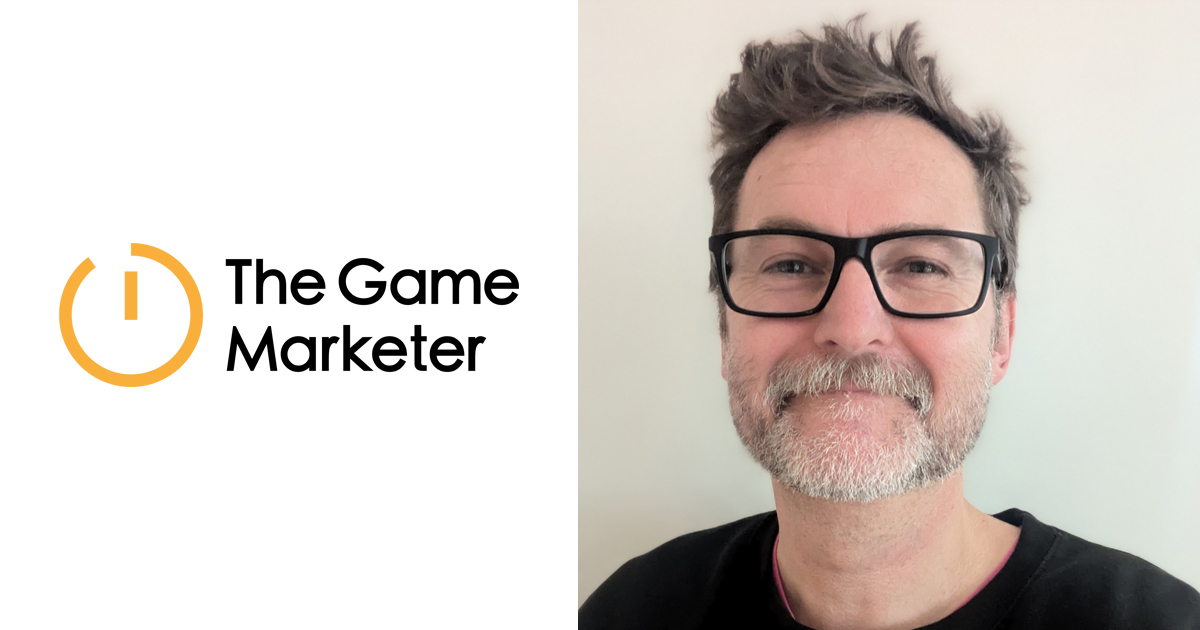The first days of January are the best time to reflect on what happened in the previous year. This time, we are doing it with representatives of prominent game-related companies. We begin this series with Matt Martin, PR Lead at The Game Marketer.

What was the year like for the company? What would you like to highlight in terms of achievements?
We’ve managed to hire a bunch of talent to join the existing team, to really fill out what we can offer and make us more than ‘just’ another marketing business. We’ve really grown our international footprint because of that — clients want more, so we’re offering more. We’ve helped launch new IP, which is always a pleasure, but we’ve also continued to support existing brands, publishers and business partners to reach new audiences, and we’ve opened up the US market too. We’ve also had excellent retention of staff, and have just been certified by Great Place To Work, which was a very rewarding way to end 2024.
How has the gaming PR market changed over the year?
In terms of traditional PR, opportunities with games media have shrunk quite dramatically. The same problems that have hit the wider games market apply to the games media. So websites have closed, staff have been sacked after acquisitions, and some of the most established writers, journalists and editors are taking redundancy. There’s also a pretty low ceiling for games media staff to progress in terms of a career, unfortunately. So it’s wise to know when your time is up and to move on. I just hope the talent stays in the games business, but I’m not sure it is, which is a worry.
Some of that talent is starting newer, smaller sites and publications. But they’re openly struggling, and if you’re not in a position to do those roles full-time, you have to wonder how long they can survive before burnout. We all have to pay our bills somehow, and the landlord doesn’t care that you’re passionate about games.
Having said that, I feel that there’s a swing back to traditional media after a heavy focus on influencers and content creators. Established media is still very relevant and fun, and it can still capture audiences. There’s still fantastic reporting on games and the business, particularly those that have really nailed their niche, such as RPGSite for genre, and Digital Foundry for tech analysis.
Has the practice of working with game companies changed? In what and how exactly?
Everyone, quite rightly, wants to account for every penny. And wants to make that penny go as far as possible. Reporting, data, facts, and analysis are just as important as the final headline result. With so many games coming out every week on Steam — and other platforms— publishers and developers understand they can fight their battles in the spaces that accept them. Not everyone needs that big media outlet to love their game and give it a high review score. It’s more about spreading coverage and results across social, streams, traditional press, and content creators, and reaching a wider audience than a regular destination website can offer. And of course, the growth of online events and showcases by big media is now established, although prices can be off-putting for smaller indies.
What trends in gaming PR are you expecting to itensify or emerge in 2025?
It’s interesting to watch smaller websites and printed media re-establish itself. I wonder what opportunities there will be with sites like Aftermath and premium magazines like ON. There’s an element of vanity publishing there, but that’s not a bad thing, because these people care a lot about the work that they do. Care, attention to detail, and the sheer love of creating quality media shines through, especially compared to sites that have resorted to the lowest common content farms. Those smaller publications will need to find the compromise of publishing and profit, and I wish them all the best. I’m sure they can survive with a combination of skill and a little bit of good fortune, because many of them have spent time juggling quality criticism with necessary SEO at previous outlets. Now they can do it on their own terms.
I also think the influencer and content creator markets need to check themselves a little. As they’re so in demand, some are pricing themselves out of the market. Yes, everyone needs to work with influencers and creators to raise the profile of their game. But paying tens of thousands for a handful of streams isn’t good value for money — and that’s if a company has that money to begin with. I would also imagine that the less reliable influencer agencies that promise a lot but only deliver a little will start to fall by the wayside. The days of blagging social media and influencer reach are over, and I think we’ll all welcome more professionalism in that area.
What are the company’s plans for the coming year?
We’re working on an imminent rebrand, so it feels like a great way to start the year looking fresh and dapper. We’re also expanding with some fairly big clients — and new clients — so it feels like we’re in a good position to kick off 2025. There’s a heck of a lot of fantastic games coming next year, so it’s going to be rich pickings for the player and we want to be there to support clients in reaching those audiences.
We’re also going to be putting ourselves out there a bit more — we have a genuinely international team that can reach markets that are keen for more support — so expect to see us out and about a lot more in 2025, especially as we hire more folk in the US and Asia. Our intention is to increase our scope to include more industry events and to create a centre of excellence for international game marketing so we’ve got big ambitions.
